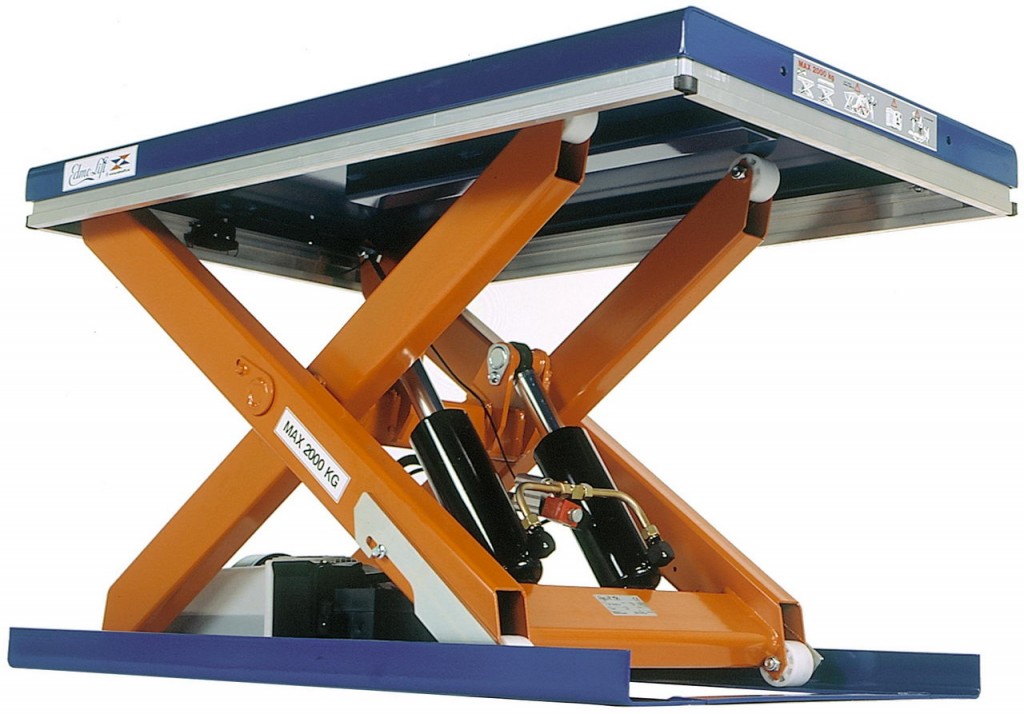 Lift tables can improve ergonomics in factories, warehouses, and other businesses, reducing the number of employee injuries and streamlining operations. But you will only maximize your benefits of using work tables if you choose the right model for your specific application.
Lift tables can improve ergonomics in factories, warehouses, and other businesses, reducing the number of employee injuries and streamlining operations. But you will only maximize your benefits of using work tables if you choose the right model for your specific application.
Before you buy as lift table, there are four essential questions you should ask yourself.
What Is Being Lifted?
The first and most important question is what you plan to lift with your new lift table. It could be boxes, rolls of paper, manufactured items, or anything else.
Whatever you plan to lift, the lift table you choose should be large enough and have the capacity to make the lifts you plan. It is critical to know both the dimensions of the products and the footprint of the space where you plan to install the lift table prior to making a buying decision.
Another consideration is the weight of the items to be lifted. If you plan on lifting cases of products weighing 2,500 pounds, for example, a lift table with a capacity of just 1,500 to 2,000 pounds will be a waste of time and money.
How Will the Lift Table Be Used?
Before buying a lift table, it’s important to know what you need it for. Industrial lift tables can be used for loading and unloading, palletizing, machining, transferring items between two conveyor elevations, bringing items to a height where they can be comfortably worked on by employees, and many other potential uses.
The intended application can play a direct role on the type of lift table you choose. For example, if you plan to move items onto your lift table from a forklift, a standard lift table probably will work just fine. But if you are going to use a pallet truck or another floor-level device, you might want to consider a ground entry or pit-mounted work table.
What Will Your Lift Table Do?
The basic operation of your lift table is another consideration when choosing the best type for your business. Questions include:
- How often will the lift table be used? Every day? Every hour? Several times per minute?
- How will the lift table be controlled?
- Will you need to be able to rotate your lift table?
- Does it have to be portable?
Understanding what your lift table will be required to do will help you narrow your choices to the best models.
What Safety Features Do You Need?
A final consideration is safety. Lift tables come with a wide variety of safety features, including such things as accordion bellows skirting, toe guards, alarms and flashing lights, anti-skid platforms, lifting eyes, and more.
You may need some, all, or none of these safety features, or others that aren’t listed. While you want to maximize the safety and security of the workers using your lift table, you probably don’t want to pay extra for safety features you don’t need or can’t use.
